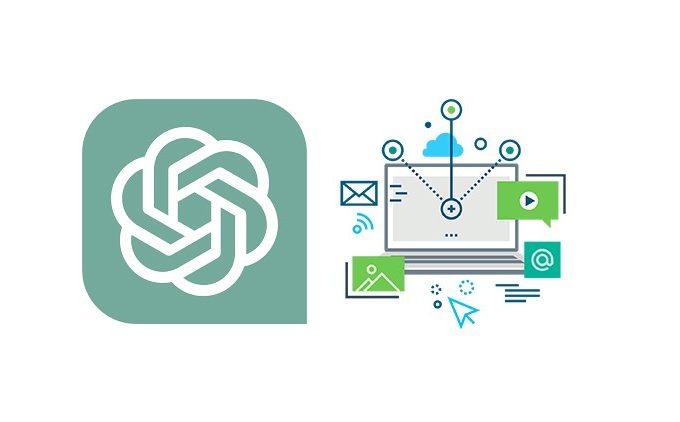As we progress in the digital age, we encounter an ever-increasing amount of data in our daily lives. The challenge lies in how to present this data in a way that enhances our understanding. This is where the role of data visualization comes into play. In this article, we will extensively explore the potential and influence of data visualization in transforming complex information into clear, understandable insights.
The Essence of Data Visualization


Alt text: Corporate office with employees looking at histogram graphs
Data visualization is a representation of data or information in a graphical format. It helps in visualizing large amounts of complex data in a simplified and manageable form. People are generally better at understanding visual data as compared to information provided in chunks of raw or unprocessed data. The idea behind data visualization is that a considerable volume of data, when visualized correctly and creatively, can simplify complex concepts and present valuable insights.
The potentiality of data visualization is vast. It is not just about converting raw data into a pictorial or graphic format. It’s about narration – telling a story that affects the audience and enables them to perceive the data from different perspectives. It has the powerful ability to make the invisible visible by bringing hidden patterns, correlations, and trends to the surface.
Understanding Histograms: A Vital Aspect of Data Visualization
Histograms are among the most frequently used visualization techniques in various fields, including business, science, and technology. One can learn more about this visualization tool from histogram graphs. Histograms help in understanding the underlying frequency distribution of a set of continuous or distinct data.
With their bars oriented vertically or horizontally, histograms provide a visual interpretation of numerical data by representing the count of data points falling into various categories. These categories, or bins as they often called, are defined by specific intervals around a range of data. The shape of the histogram provides valuable insight into the characteristics of the underlying data such as skewness, kurtosis, deviation, or the presence of outliers.
Visual Elements in Data


Alt text: Person using laptop to learn more about visualizing data and histogram graphs
It is important to note that not all visual representations can be categorized as effective data visualization. It requires careful selection and implementation of appropriate visual elements to represent data accurately. These visual elements include—color, size, position, shape, and movement. While these elements might seem basic at first, the way they are incorporated significantly affects the representation and interpretation of data.
For example, colors play a fundamental role in visualizing data. The right color combination can enhance a visual report’s readability, whilst the wrong combination can deter the audience’s ability to interpret data. Similarly, differing shapes and sizes can represent different variables or categories within a data set, contributing immensely to comparative analysis or highlighting disparities.
Role of Visualization in Decision-Making
With businesses dealing with an excess of data on a daily basis, data serves as a vital tool for quick decision-making. By representing complex datasets visually, decision-makers can see large amounts of data coherently, identify correlations and trends, and base their decisions on factual data. Consequently, this leads to increased efficiency, productivity, and a higher level of knowledge that ultimately contributes to business growth.
For instance, in the sales sector, using data tools can assist sales managers to view sales metrics in an easily comprehensible format. They can track performances across various regions, evaluate the effect of marketing strategies, monitor the growth rate, and identify well-performing products.
Altogether, data visualization is a crucial aspect of modern-day information sharing and comprehension. It takes us beyond spreadsheets and tables, offering insightful stories hidden within data. Overall, as data continues to grow in importance and complexity, data serves as a beacon, providing clarity and guidance in a realm often characterized by ambiguity and uncertainty.





